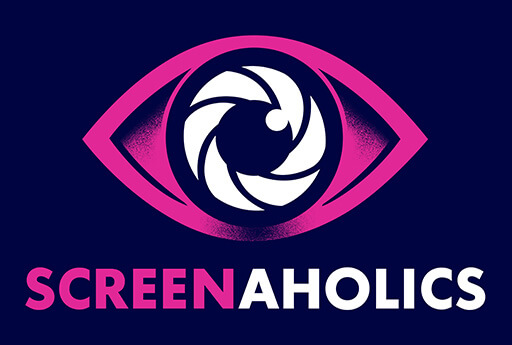The manner in which The Curse of the Weeping Woman divulges into cheap horror tropes is a greater curse on the overall film than the problematic curse in its storyline.
Darkroom. Silence. Walk. Silence. Walk. Corner. Breathing. Stare. Breathing. Stare. Silence. Walk. Open door.
Momentary silence. Momentary silence. Momentary silence. Jump scare.
TCOTWW’s penchant for short-term yelps over investing in any sort of meaningful mood sees the traces of a film wanting to explore themes of grief and abuse becoming half-developed in favour of delivering jump-scares. This dependence on micro-frights becomes rhythmic, deflating any atmosphere created by director Michael Chaves, who makes it easy for audiences – once they grasp the melody which thrills are delivered at – to prepare themselves.

Perhaps the biggest fault of TCOTWW is The Weeping Woman herself, offering little in terms of menace outside of freaky shrieks and a grip that blisters anyone she touches (except when she gives a cracking hair-wash!). To have a character introduced into the horror-film-zeitgeist and have little to differentiate her from similar characters makes TCOTWW forgettable, which could almost be forgiven had there been anything compelling going on outside of the story other than under-utilising the talents of Linda Cardellini.
There is a fine line when infusing comedy with horror of not having the genres dilute one another, which despite attempts to intertwine the two seamlessly sees TCOTWW achieve its laughs by being unintentionally ridiculous. The prime example of this being a priest with a habit for Fast-and-the-Furious style quips and donning a Mary Poppins-esque bag o’ tricks that when in use make the same sounds as a clocked gun.

A surprise twist that appears late into TCOTWW ends up feeling slapped on and as if it were a sign that the studio lacked confidence in the finished product. The idea of fusing folklore into a modern-horror-setting is fascinating in concept, though its application edges on depicting Mexican culture as lampoon-ish, often treating characters as obsessively spiritual.
Make no mistake, horror is a genre of film that sits very well in the high-concept space, with films such as Lights Out (2016) and Don’t Breathe (2016) able to deliver straightforward plots without the need to dwell on psychosis. It is in TCOTWW’s deprivation of a unique premise and enthralling villain where the film will enter a competitive release period, dominated by superior horror films, weeping.
Fun Fact:
This is the second film in the Conjuring Universe to not feature or reference Ed and Lorraine Warren. It’s also the first spin-off in the franchise to feature an antagonist who didn’t appear in the main film series.




COMMENTS